The Queensland government has announced a second $40 million (USD 26 million) investment in a local renewable energy zone (LREZ) pilot project in Townsville, 1,300 km north of Brisbane.
The Townsville LREZ will see the deployment of an 8.4 MW / 18.8 MWh battery energy storage system, up to 2.8 MW of solar and 0.9 MW of demand management.
An identical LREZ was announced on 18 June for Caloundra, 100 km north of Brisbane, with the same aim of maximising locally produced renewable energy to share among neighbourhood customers, including renters, the disadvantaged, and apartment residents with no access to solar.
The funding includes $3 million to optimise the size of behind the meter customer assets such as rooftop solar installations, customer batteries, electric vehicle (EV) charging and hot water, with community and network batteries and existing network infrastructure.
The Townsville LREZ pilot will connect an estimated 550 residential and commercial customer sites from January 2025, when those with rooftop solar can transfer energy into local battery energy storage system (BESS)’s for local usage.
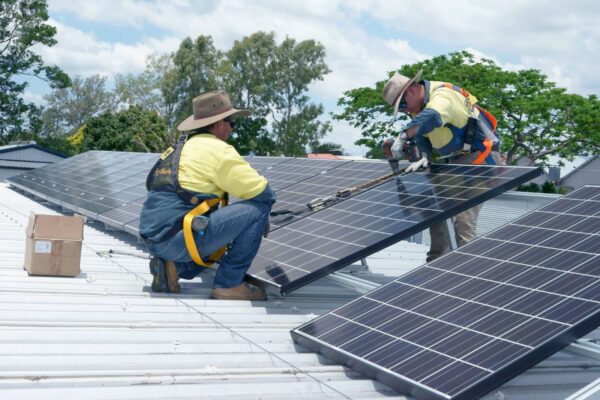
Image: Energex
Queensland Energy and Clean Economy Jobs Minister Mick de Brenni said that just like public ownership of Queensland’s energy assets, the LREZ project will put control of energy into the communities’ hands.
“This initiative, which has been championed by local members in North Queensland and the Smart Energy Council, is only possible because collectively Queensland owns their energy distribution system – something only Labor is committed to,” de Brenni said.
“This exciting LREZ initiative, which is the first of its kind in Queensland, puts everything on the table, including more affordable power, access to the benefits of rooftop solar for renters, and innovative network solutions.”
Distribution system operator Energy Queensland’s Chief Engineer Peter Price said by progressively transforming the network into local renewable energy zones, it’s possible to triple the capacity to connect residential rooftop solar to electricity networks.
Popular content
“Just as customers with roof top solar manage their home appliances to make the most of their own generation before exporting to the network, an LREZ aims to achieve the same thing at a community level, by co-ordinating the energy among all the local community members and businesses to maximise the energy value at a community level before exporting it out to the transmission network,” Price said.
He said the mix of customer-owned and network-owned batteries could deliver the peaking power equivalent to a coal fired generator. Already Queensland has over 5 GW of solar connected to Energy Queensland’s distribution networks which is more than three times the size of the largest coal generator.
“The Distribution System Operator function also allows us to bring everything together – solar PVs, the utilisation of EV chargers, behind-the-metre products at a customer premises, network-connected batteries and tariffs for customers – all with the intention of providing a more sustainable electricity network for Queensland,” he said.
The Smart Energy Council and other organisations will research key elements of the LREZ to inform customer incentive programs, economic models, customer adoption and behaviour, and technical standards.
This content is protected by copyright and may not be reused. If you want to cooperate with us and would like to reuse some of our content, please contact: editors@pv-magazine.com.
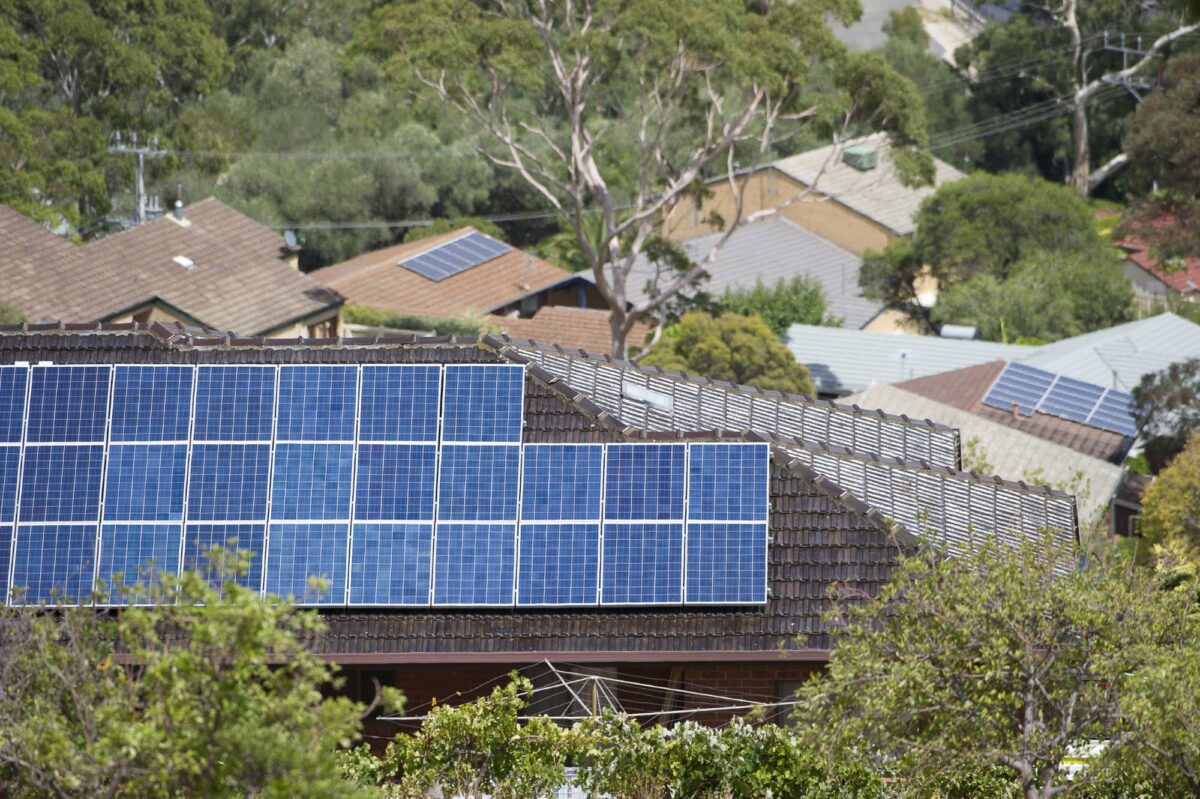


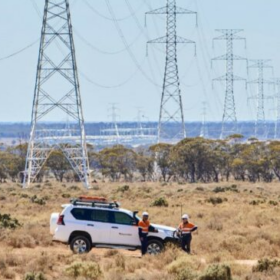
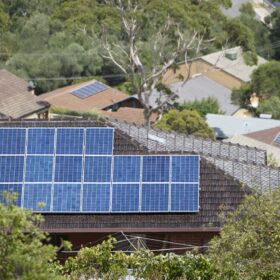

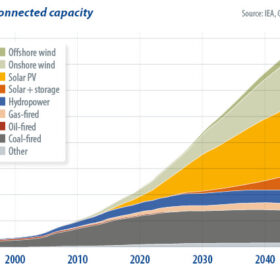
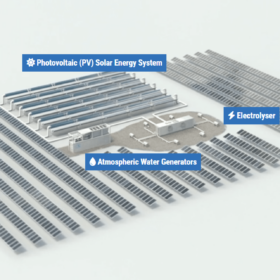
By submitting this form you agree to pv magazine using your data for the purposes of publishing your comment.
Your personal data will only be disclosed or otherwise transmitted to third parties for the purposes of spam filtering or if this is necessary for technical maintenance of the website. Any other transfer to third parties will not take place unless this is justified on the basis of applicable data protection regulations or if pv magazine is legally obliged to do so.
You may revoke this consent at any time with effect for the future, in which case your personal data will be deleted immediately. Otherwise, your data will be deleted if pv magazine has processed your request or the purpose of data storage is fulfilled.
Further information on data privacy can be found in our Data Protection Policy.